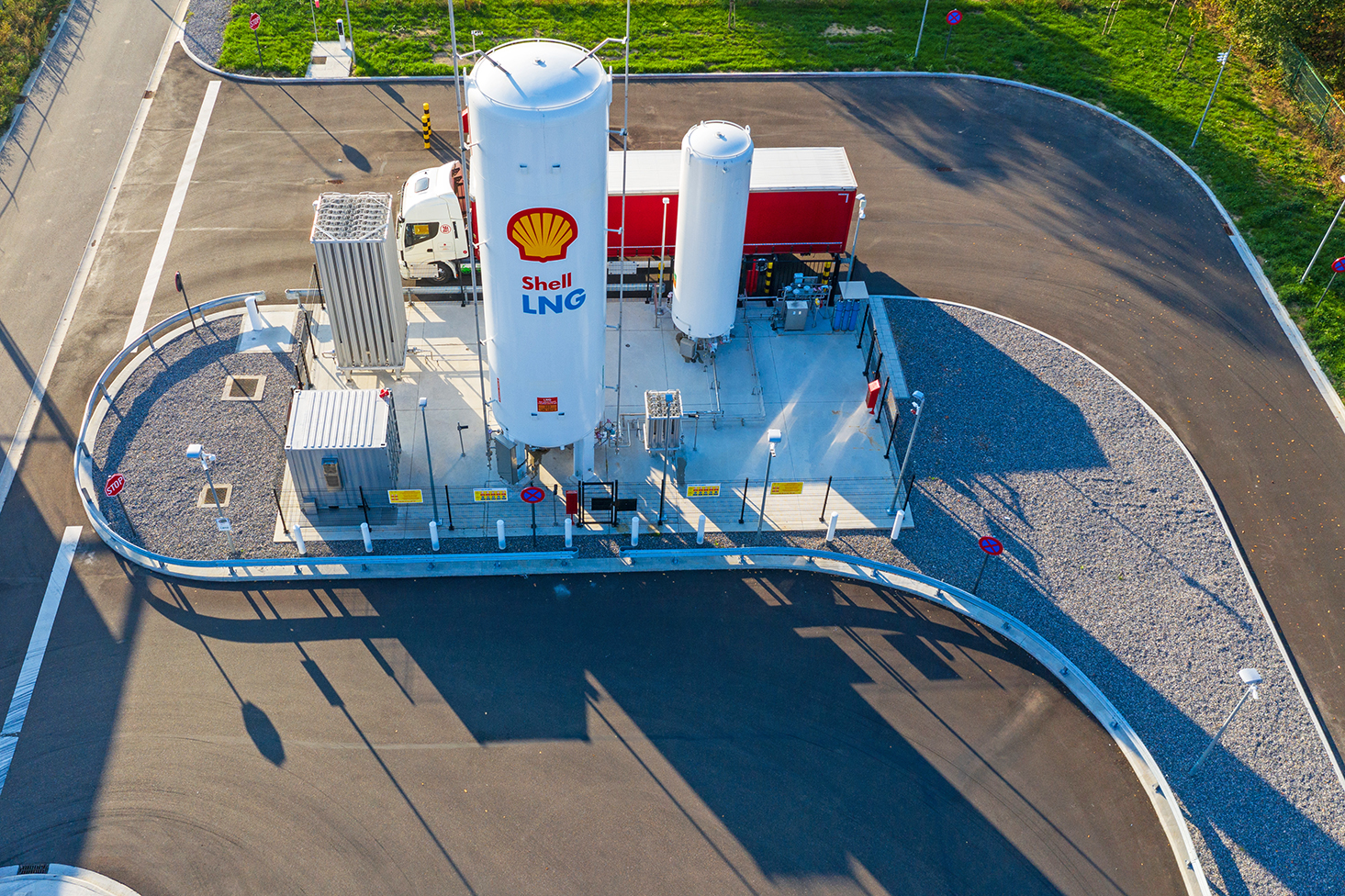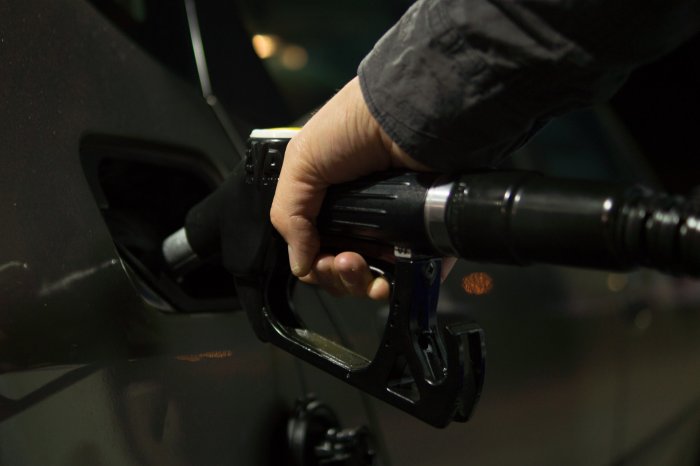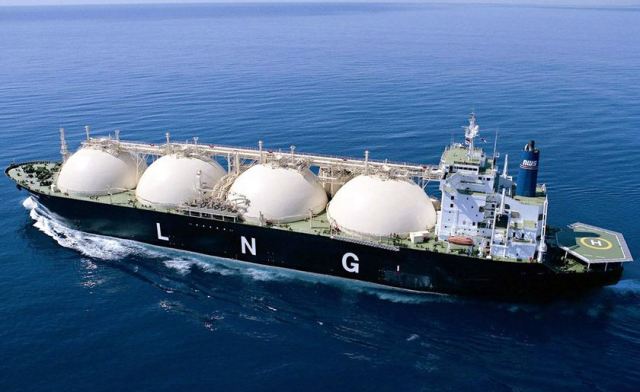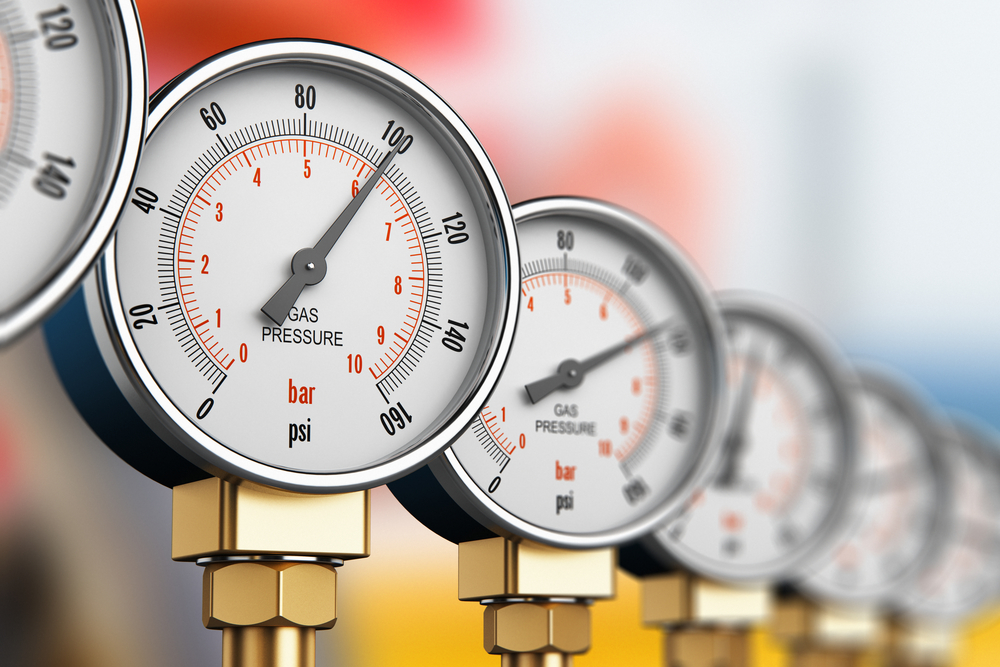Cleaner Energy Goals Drive Automotive Industry Changes

Andrea Solti Istenesné, country chair of Shell Hungary Zrt.
Climate goals calling for cleaner energy to counter global warming and reverse its harmful effects are causing changes that are seeping into the automotive industry via e-mobility and fuel consumption. The Budapest Business Journal discusses these changes with Andrea Solti Istenesné, country chair of Shell Hungary Zrt.
Motorized two- and three-wheelers, cars and vans are such a significant contributor to overall global emissions that road vehicles of all kinds account for around 18% of the carbon dioxide emissions from burning fuel, according to the latest statistics by the International Energy Agency.
If the world is to achieve the climate goals agreed on in Glasgow and in the Paris Agreement, urgent action is needed. Little wonder, then, that the growing pressure on the mobility sector to cut carbon emissions is seeing the automotive industry accelerate changes.
“Tackling it effectively requires not just innovative ideas and new technology but also a complete redefinition of the relationship between mobility and emissions,” Solti Istenesné tells the BBJ.
The task is immense. More than 90% of Shell's total emissions are associated with the use of our energy products. The oil giant has a target of becoming a net-zero emissions energy business by 2050, following a strategy called Powering Progress that it says is based on “ambitious but achievable” goals.
“Becoming a net-zero emissions energy business means that the company is reducing emissions from its operations, and from the fuels and other energy products they sell to their customers,” the country chair of Shell Hungary explains.
“We have targets to reduce the carbon intensity (net carbon footprint) of the energy products we sell. This includes short-term targets of 3-4% by 2022, and 6-8% by 2023, compared to 2016. It also includes medium- and long-term targets of 20% by 2030, 45% by 2035, and 100% by 2050, compared to 2016. It also means capturing and storing any remaining emissions using technology or balancing them with offsets,” she adds.
Transforming
Shell says it is transforming its business via finding new opportunities to provide more low-carbon energy solutions, such as biofuels, hydrogen, electric car charging stations, and generating energy from renewable sources such as solar and wind power.
Liquified natural gas (LNG) is an alternative fuel that industries are turning to, as research has shown that using it cuts emissions when compared to traditional fossil fuels.
“Shell sees a mosaic of fuels and engines developing: some will be suited to short journeys within urban areas, while others could be better for longer journeys between cities. Depending on the size of the vehicles, Shell sees electric power suitable for vehicles under 18 tonnes and LNG, BioLNG as well as hydrogen fuels for vehicles over 18 tonnes as the future,” says Solti Istenesné.
LNG and BioLNG are currently the most suitable alternatives for long-distance haulage, in particular, as a fuel for ships and trucks, as they are cleaner than diesel and heavy fuel oil because they produce less sulfur, particulates and nitrogen oxides and can help reduce greenhouse gas emissions from production to use.
“Shell LNG can help reduce well-to-wheel greenhouse gas emissions when compared to conventional diesel; it is a clean-burning fuel. When used in modern Spark Ignition LNG engines, Shell LNG not only meets the latest EPA and Euro VI regulations for emissions but significantly reduces SOx and particulate matter (PM) to levels below the requirements without the need for extensive after-treatment systems,” she says.
“Shell LNG refueling stations are designed to help diminish methane emissions by eliminating the venting of LNG vapors to the atmosphere. BioLNG produced out of manure is the only fuel with a negative carbon intensity, helping to reduce greenhouse gas emissions further. We see BioLNG as a key part of our wider work to provide a range of energy choices for our customers, to improve our own sustainability as a business, and to contribute towards the energy transition,” the country chair says.
LNG Infrastructure
In line with this thinking, Shell Hungary has recently purchased an LNG filling station near the M0 Highway to expand its fuel portfolio. The station is likely to start operations in the second half of 2022.
“The company’s goal is to build a network of LNG filling stations in Hungary in the coming years along key transport routes and international transport corridors, providing nationwide coverage and a safer and cleaner fuel supply to its partners,” Solti Istenesné explains.
“Shell Hungary’s new site is an important milestone in the development of the European network of Shell’s own-branded LNG filling stations. Regarding Central and Eastern Europe, the M0 location is the third in the region in addition to the existing Polish stations. Shell is planning to build further LNG sites in the CEE region in the mid- to long-term,” she adds.
To incentivize change, Shell has also launched a carbon compensation program. Customers can choose to offset their carbon dioxide emissions when buying fuel by paying a surcharge.
“Business, as well as retail customers, can decide to compensate for their carbon footprint for an additional fee when refueling at any of Shell’s 190 service stations in Hungary. This is up to the customers; they are the ones who decide to participate and pay a fee,” Solti Istenesné concludes.
Using the funding brought in via this program, Shell will offset CO2 emissions by purchasing carbon credits from nature-based projects, such as the Cordillera Azul National Park Project in Peru and Katingan Peatland Restoration and Conservation Project in Indonesia. The company insists it sources carbon credits from projects that are certified under credible, high-quality and independent standards.

A Shell LNG filling station.
This article was first published in the Budapest Business Journal print issue of January 14, 2022.
SUPPORT THE BUDAPEST BUSINESS JOURNAL
Producing journalism that is worthy of the name is a costly business. For 27 years, the publishers, editors and reporters of the Budapest Business Journal have striven to bring you business news that works, information that you can trust, that is factual, accurate and presented without fear or favor.
Newspaper organizations across the globe have struggled to find a business model that allows them to continue to excel, without compromising their ability to perform. Most recently, some have experimented with the idea of involving their most important stakeholders, their readers.
We would like to offer that same opportunity to our readers. We would like to invite you to help us deliver the quality business journalism you require. Hit our Support the BBJ button and you can choose the how much and how often you send us your contributions.









